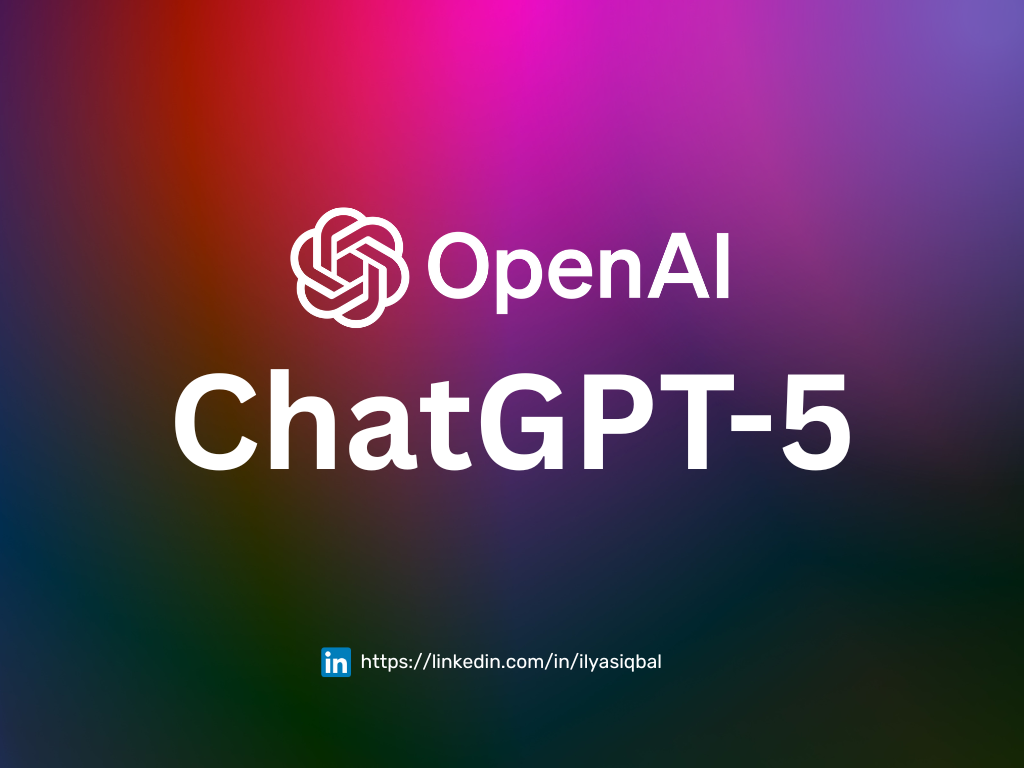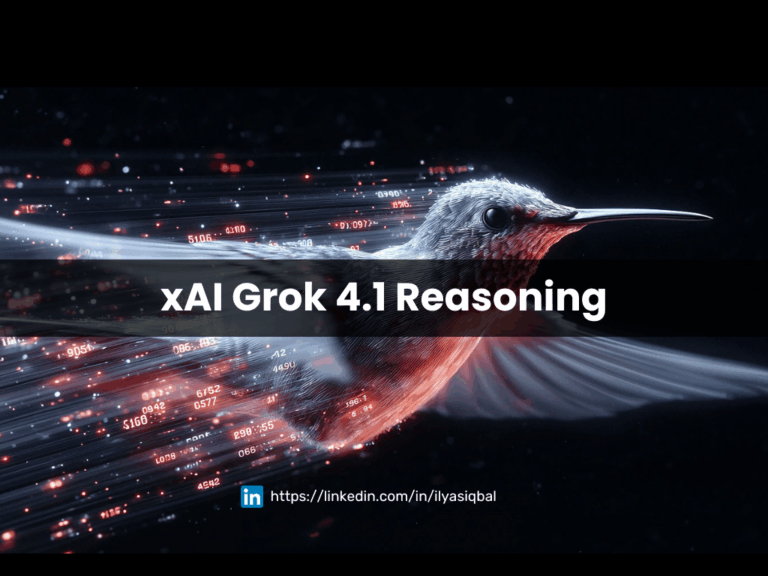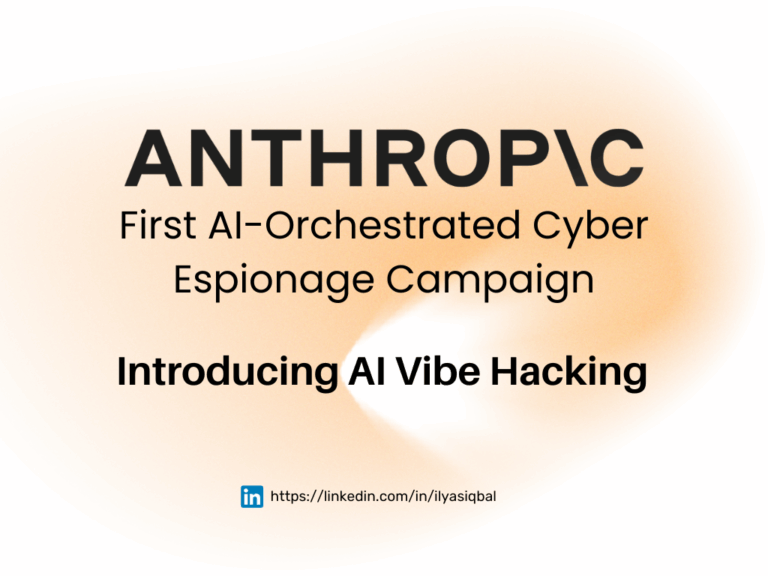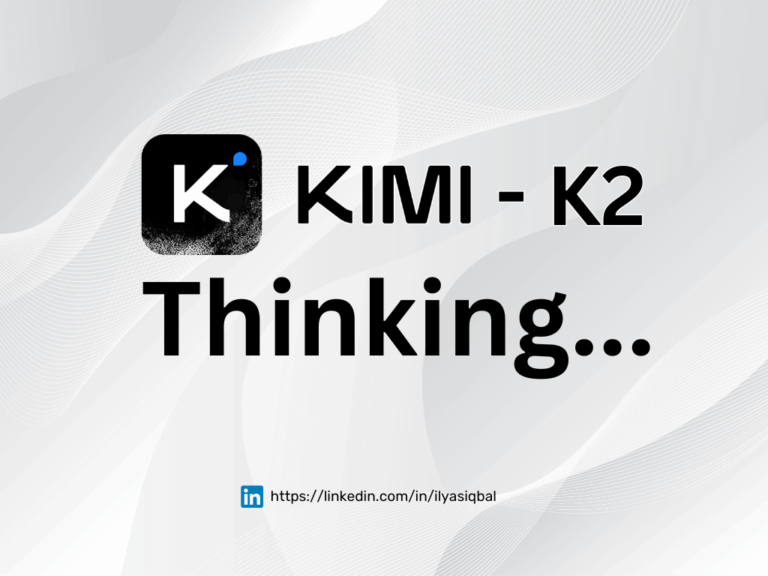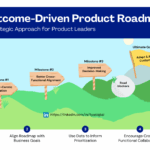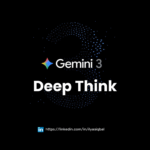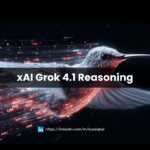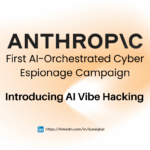The wait is over! OpenAI’s latest and the greatest LLM model ChatGPT-5 is here. I’ve been really keen on knowing and trying the features they have been claiming for a long time. Here’s what I have found.
ChatGPT 5 – OpenAI’s Most Advanced Model
As the AI landscape is evolving at a speed of light, and OpenAI’s ChatGPT-5 is setting a new benchmark. As a Product Leader, AI Strategist and Entrepreneur, understanding GPT-5’s strengths, weaknesses, and competitive edge is crucial for us to leverage it in business.
We have also been working heavily in launching our AI company, Inventegy AI, do check that out!
After watching their demo and the comprehensive guide, I’ll break down what might make GPT-5 a real game-changer, and how it compares to other industry leading alternatives like Claude, Gemini, and Grok. I’ll also try to cover about its pricing, limitations, and ethical considerations.
Also read: AI Product Roadmap Planning, Execution, and Growth Strategy
What’s New in GPT-5?
GPT-5 doesn’t just seem like an incremental update, but more like a leap forward in reasoning, efficiency, and real-world applicability. Here’s what makes it stand out from its predecessors and competitors:
1. Hybrid Model Architecture
Unlike GPT-4 (and it’s family models like 4o, mini, etc), which probably relied on a single monolithic model, GPT-5 claimed to have introduced a dynamic hybrid architecture. This could mean it intelligently switches between a lightweight model for quick responses and a high-power model for complex reasoning tasks. Sounds interesting, right? But what about the result? It may get faster interactions when needed.
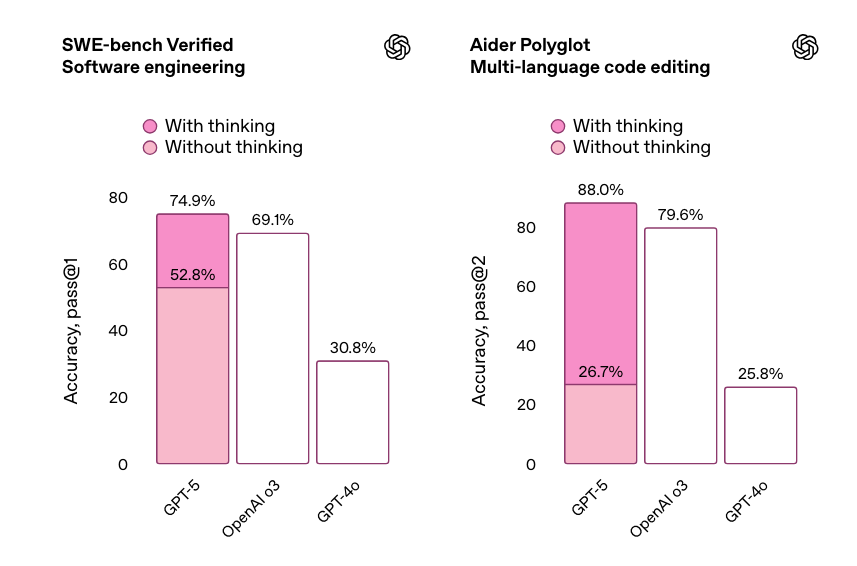
2. Massive Context Window (Up to 272K Tokens)
Now, this I found more interesting as one of GPT-5’s most significant improvements is its ability to process and retain longer conversations and documents. They offer a 272K token context window, which outperforms Claude 4 (200K tokens) and Gemini 2.5 Pro (256K), making it ideal for legal contracts, technical documentation, and extended research sessions. I’d rather love to see how the official benchmarks actually show data after comparing it with the most recent models of Claude, Gemini and others.
Also read: AI Strategy for Product Leaders to Build Intelligent Products
3. Reduced Hallucinations & Improved Factual Accuracy
I’m 100% sure, whoever has ever used ChatGPT, probably have gone through from a tremendous amount of frustration due to what say “Hallucination”, which means a model can just make things up and claim them to be true. Which is not just unethical, but also a reason to spread a lot of fake news, incorrect data insights, etc.
Now GPT-5 has claimed that they have made substantial progress in reducing incorrect or fabricated responses. Error rates in critical domains like medicine and law have dropped to below 1%, a massive improvement over GPT-4’s ~5% error rate. This time, OpenAI has also introduced “safe-completions,” which could provide high-level, moderated responses instead of refusing to answer sensitive queries outright.
4. Advanced Problem-Solving Mode
Most recently, models like ChatGPT have gotten a lot of attention in the research community to cut-short the long time lines on building research papers. It seems like now, for particularly challenging tasks, such as PhD-level math or complex coding problems, GPT-5 can allocate additional computational resources to ensure higher accuracy. This feature has led to impressive benchmark results, including 100% accuracy on AIME 2025 (high-school math) and 89.4% on GPQA Diamond (PhD-level science questions). Check this benchmark OpenAI has shared officially:
5. Multimodal (Text + Image Input, Text Output)
There are many applications which are today using this feature heavily in to gain an optimal and fast results. However, it looks like GPT-5 doesn’t generate images like DALL·E, but it can analyze and interpret them, making it useful for extracting insights from charts, diagrams, and technical documents.
Also read: Applying Design Thinking to build innovative Cloud based AI Products
ChatGPT-5 vs. Competitors
We are seeing a new model coming and getting attention from everywhere, every single day. Overall, the AI market is too crowded, with major players like Anthropic’s Claude, Google’s Gemini, xAI’s Grok, and DeepSeek all vying for dominance. Here’s how GPT-5 compares:
ChatGPT-5 (OpenAI)
- Strengths: Best reasoning, lowest hallucinations, longest context retention.
- Weaknesses: No audio/image generation (unlike GPT-4o).
- Best For: Coding, research, enterprise applications.
Claude Opus 4.1 & Sonnet 4 (Anthropic)
- Strengths: Industry-leading long-context handling (200K+ tokens), superior constitutional AI safeguards
- Weaknesses: Still trails GPT-5 in technical benchmarks (coding/math)
- Best For: Risk-averse enterprises, legal/compliance applications
Gemini 2.5 Pro (Google)
- Strengths: Deep integration with Google Workspace and real-time search.
- Weaknesses: Higher hallucination rates compared to GPT-5. Unfortunately!
- Best For: Teams which are already using Google’s ecosystem.
Grok 4 (xAI)
- Strengths: Strong technical capabilities (especially math and physics problems)
- Weaknesses: Limited enterprise and integration use cases.
- Best For: Less restrictive AI experimentation, real-time social media data integration
DeepSeek R1
- Strengths: Unique “thinking” feature that shows intermediate reasoning steps.
- Weaknesses: Inconsistent output quality.
- Best For: Experimental AI applications.
Benchmark Highlights
- Coding: GPT-5’s 74.9% on SWE-bench now compares to Claude Opus 4.1’s 73.2%
- Context Retention: Claude Sonnet 4 matches GPT-5 with 200K+ token capacity
- Safety: Claude Opus 4.1 leads in harm reduction (92% safe outputs vs GPT-5’s 89%)
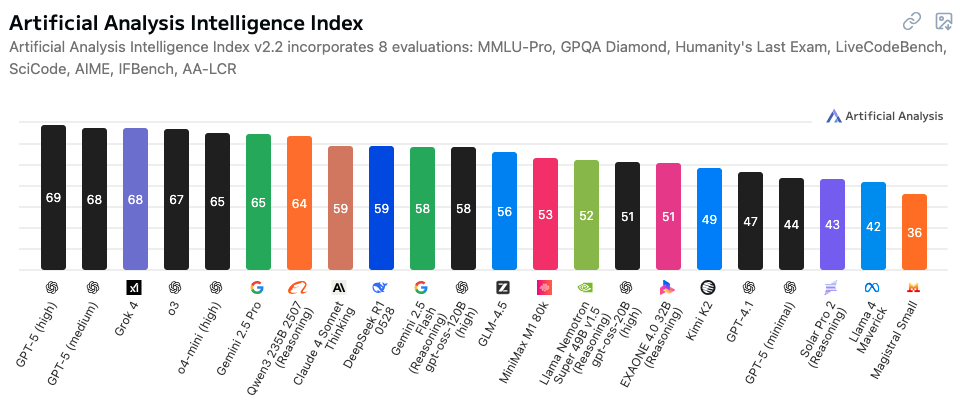
ChatGPT-5 Pricing
API Pricing (Cheaper Than GPT-4o!)
- GPT-5 Standard: $1.25/million input tokens, $10/million output.
- GPT-5 Mini: $0.25/m (input), $2/m (output).
- GPT-5 Nano: $0.05/m (input), $0.40/m (output).
Compared to competitors, ChatGPT-5 offers 50% cheaper input costs than GPT-4o and a 90% discount for token caching, making it highly scalable for businesses.
ChatGPT Access
- Free tier: Uses GPT-5 Mini after hitting usage limits.
- Pro ($20/month): Unlimited GPT-5 Standard + access to GPT-5 Pro for advanced tasks.
Also read: Designing High-Performance Product Strategy: A Leader’s Perspective
Limitations & Ethical Risks – What Entrepreneurs Must Know
As I have already mentioned that these models are very bad at handling ethical risks to humans, financial decisions making, news, privacy, biasness and many others. I think it is too soon to judge ChatGPT-5 since it has just launched, but soon the truth will be revealed on how it would be affecting in these disciplines. But here are few of them as they have claimed about:
1. Not AGI (Still Lacks True Understanding)
After all the hype, this one came out to be a bit disappointing. Despite its impressive capabilities, ChatGPT-5 is not artificial general intelligence (AGI). It cannot learn autonomously and struggles with problems outside its training data.
2. Privacy & Data Sensitivity
Really important for all the business leaders, entrepreneurs, and product leaders. Do pay attention on how your data is being handled by these LLMs. I was expecting that this should have been addressed and fixed. It seems like enterprises handling proprietary or sensitive data should use Azure’s enterprise version for enhanced security. Make sure you have implemented all the checks and flags to signal whenever there is an information breach is happening and data is being miused.
3. Bias & Safety Concerns
Not a big fan of this part either, when the technology is used for the sake of fulfilling a political agenda. We have witnessed a lot of scandals when AI and predictive data modeling have been abused people’s data to misuse it and then to play against their own will. Well, OpenAI’s Red Team testing revealed a 56.8% attack success rate, better than Claude’s but still a concern. The “safe-completions” feature helps but isn’t foolproof. We will see how this phases out.
Conclusion
Although there are a lot of really important yet concerning parameters of how an LLM should be functioning. However, ChatGPT-5 could be the most capable AI for professional use, offering superior reasoning, long-context retention, and cost efficiency. While Claude Opus 4.1 excels in safety and Gemini 2.5 integrates well with Google tools, GPT-5 delivers the best all-around performance for businesses. Grok-4 remains a niche option for real-time data and unfiltered outputs. Being the business and product leader, you may choose GPT-5 for enterprise applications, Claude for risk-sensitive tasks, or Gemini if you’re deep in Google’s ecosystem. All the best!

